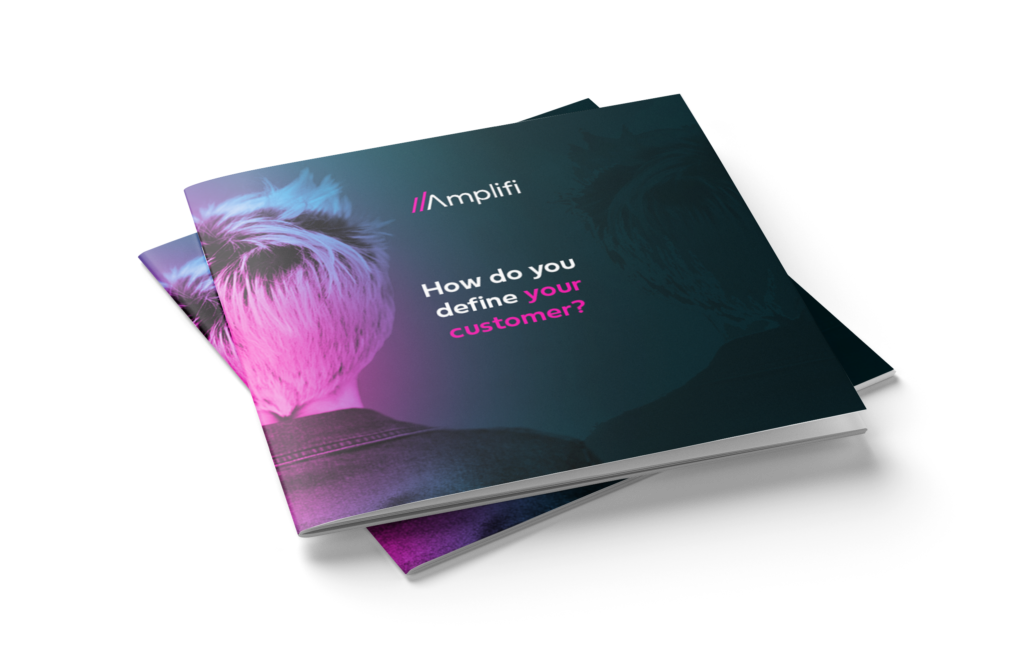With a minefield of customer data acquisition technologies available, how can businesses know which option is best for them?
We all know why brands need to collect, manage and use customer data effectively: it gives you a solid understanding of what your customers like and dislike. It helps you understand your customer journey so you can provide the best possible customer service at each stage. And it helps you grow your audience with engaging campaigns that are tailor-made to grab their attention.
It’s a no-brainer, then, that brands should be on top of their customer data to help make their products and services more appealing at breakneck speed and a myriad of technologies available, it can be difficult for businesses to know which option is right for them.
Let’s look at some of the main heavyweights of customer data management to make sure you’re better prepared to make the right choice for your business.
Customer Relationship Management (CRM)
CRM defines how businesses interact with their customers by tracking and analyzing every point of contact customers have with the business, from contact details to business information to how they’d like to be contacted. According to LinkedIn’s State of Sales report for 2020, 65% of sales professionals use CRM while 97% see sales technology as “very important” or “important.”
As technology has evolved, it’s becoming even easier and less costly for brands to use CRM to track customer data, gain insights, and market products effectively. One exciting trend has been a growing movement toward AI< with the IDC calculating that AI associated with CRM activities will boost global business revenue by $1.1trn by the end of 2021.
AI can make it easier for companies to collect data from huge numbers of transactions and convert it into a structured format, from which machine learning algorithms can detect useful customer trends. Brands can then update their products and brands accordingly and create personalized experiences based on CRM data.
Customer Data Platform (CDP)
Customer Data Platforms (CDP) have continued to boom, particularly as companies have taken their operations digital during and after the Covid-19 pandemic. In fact, according to Segment’s CDP report 2021, 73% of companies report that a CDP will be critical to their customer experience efforts.
CDP tends to be used much more by marketing and sales teams. Unlike most MDM solutions, CDP bring all customer data together – not ust master data – into a single location, giving a unified source of both “static” data (personal details) and higher volume, frequently changing transactional data such as shopping habits and social media activity.
This, alongside an additional layer of analytics and business intelligence such as segmentation, gives marketing executives and sales teams a clearer view of their customers’ behavior and how it is evolving in line with ongoing trends.
Master Data Managament (MDM)
Master data refers to information surrounding standard business objects, such as customers, employees, vendors, suppliers, and parts.
When it comes to customer data, a master data management (MDM) strategy connects and shares data from across all systems, including CRM, CDP, and ERP systems so that the data is consistently accurate and up to date.
MDM enables customer insights by creating and managing a central record for master customer records. MDM also enables governance and management of the core data that uniquely identifies one customer as distinct from another. In this case, MDM’s job is to make sure brands have an unambiguous, deduplicated definition of their customer across the business.
To give an example, MDM can help streamline processes and provide a far better customer experience for retailers, which often have diverse suppliers from many different locations. With a master data management system in place, businesses are able to address data issues, tackle inconsistencies and bring new products to market faster.
Who is your customer?
Now that we’ve looked at the technology, the final thing you need to truly understand is what you mean when you say “customer”.
is it members of the public, other businesses, sub-divisions of businesses, internal departments, or some combination of the above? Knowing that will help more than anything to determine the type of solution you are looking for.
To find out more about Amplifi’s customer data management solutions, email us at [email protected], fill out our contact form, or download our guide “How do you define your customer?”

How do you define your customer?
Download our customer data guide today.
‘A single source of truth’, ‘a golden record’, ‘a 360° customer view’…
Call it what you like, it always means the same thing: a definition of who your customer is, what they want, and how to effectively sell to them. Download our guide where we talk you through the process, from getting the information you need to make the right decision with data.

